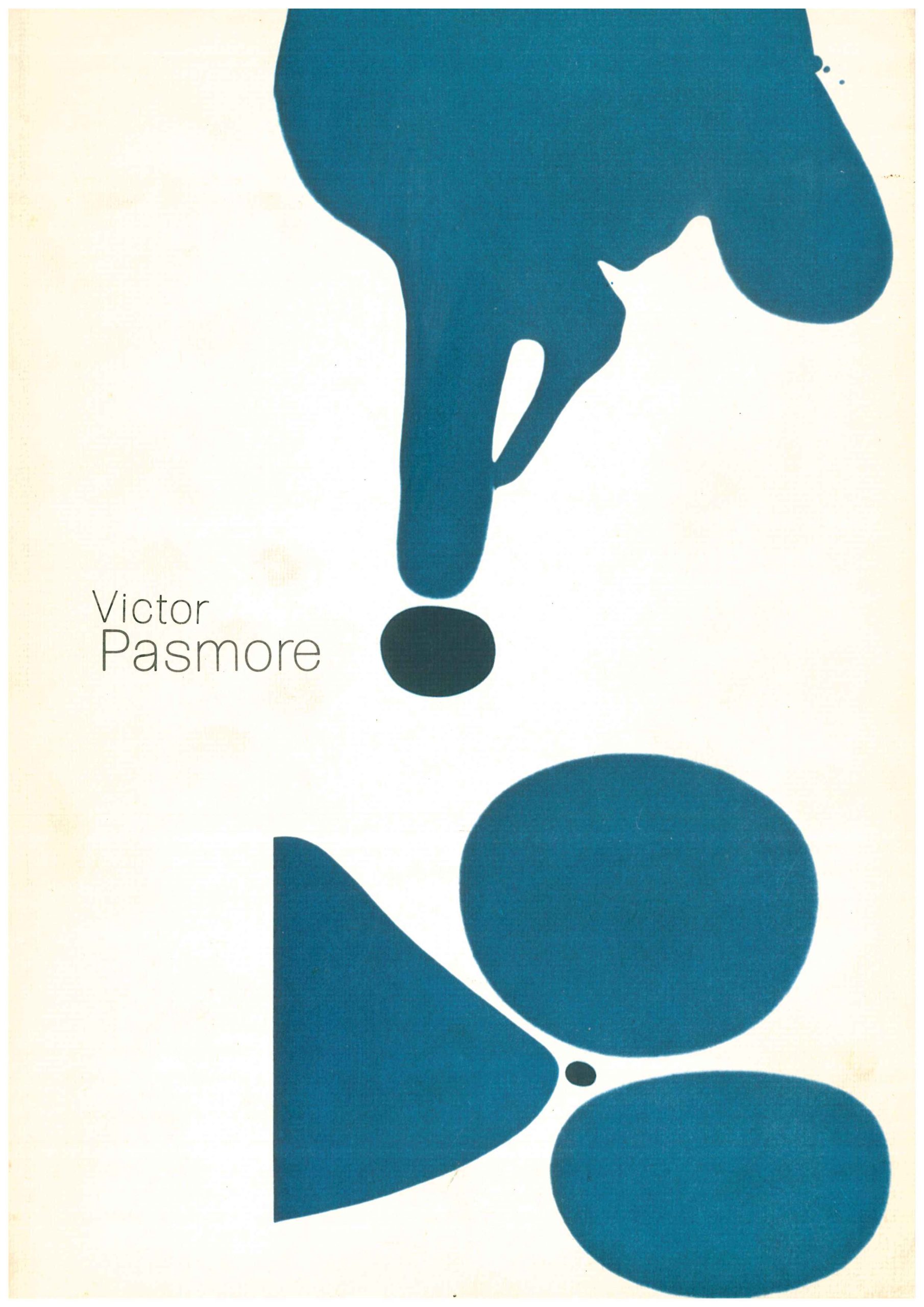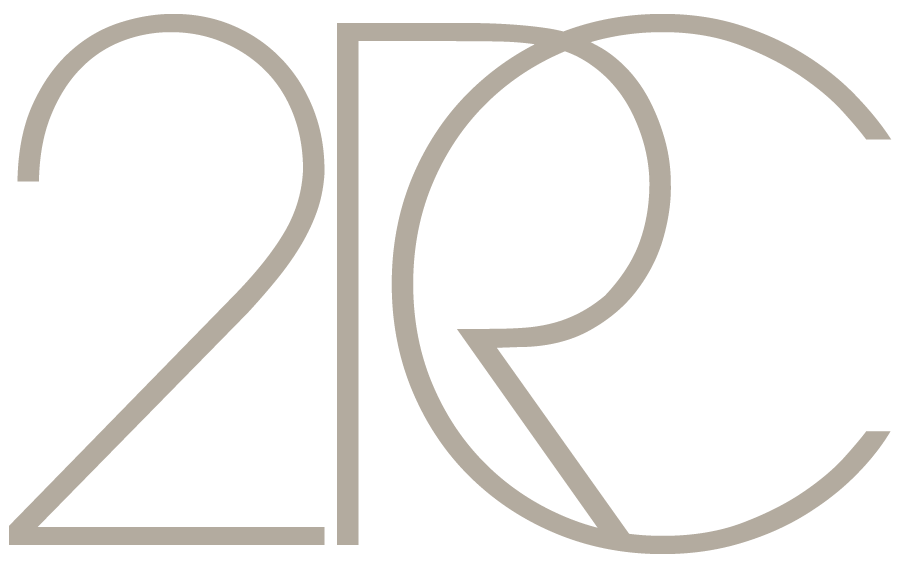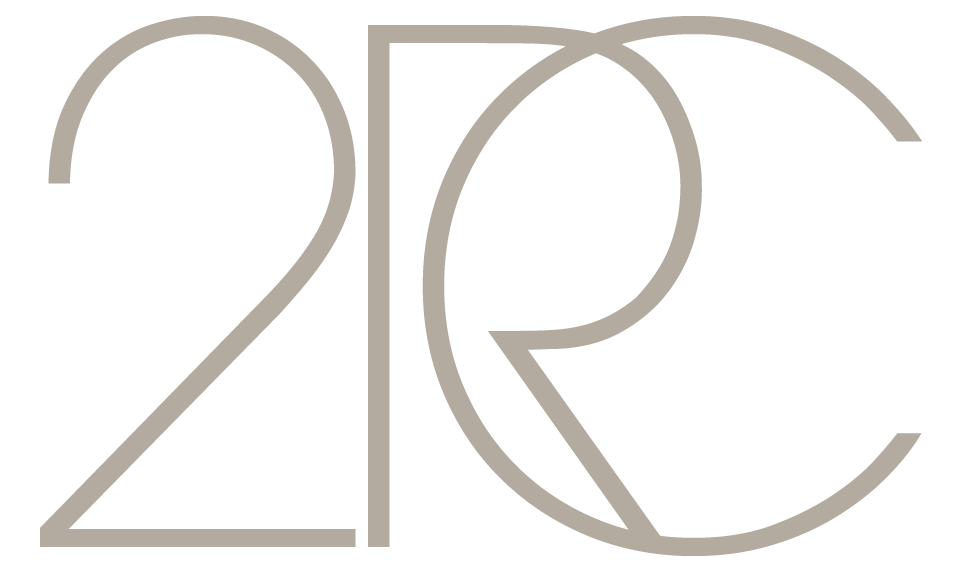Victor Pastore
The Space Within - 1978
Texts by Valeria Gramiccia and Giorgio Careri

These new etchings by Pasmore, etched between the end of XNUMX and XNUMX, are born with 'Il Mostro'.
'Il Mostro' is in fact the first etching that Pasmore creates without starting from a project. He has in front of him only a varnished plate on which he pours a solution that, as it flows, melts the varnish, thus discovering the shapes that will then be bitten by the acid and modeled by the aquatint. He then makes any changes he feels necessary, such as moving elements or adding new ones. With this technique Pasmore was able to create directly on the plate, capturing moment by moment the suggestion that the image proposed to him: using the plate directly as a project.
This way of proceeding, despite its appearance, leaves no room for chance. It is the artist who, by moving the plate, guides and controls the shape that is determined. Pasmore was thus able to obtain large forms with soft, wavy edges that would otherwise have been more difficult to achieve. With this technique , in addition to "Il Mostro" also "La Guerra", "The Blue Between", "Un bel dì vedremo" where created.
This last title is given by Pasmore to the large vertical print. The fact that he went looking for Puccini's score in order to copy its notes is not accidental: it is almost a desire to draw attention to the importance that music exerts on him, and the way it is evoked in his painting. Sometimes the forms that emerge from the defined space of the plate appear as a high note: other times the pauses, the relationships - played now on the almost monochrome bass (as in the "Grotta di Calipso" and the "Grotta di Calypso Due"), now on the dissonance, (Immagine Grafica Due", "Blue Mandala") - maintain the rhythms of a musical score.
These graphics, despite the novelty of their execution, represent so well the continuity of Pasmore's work. They continue to offer us the great compositions almost of a mural and the rigor of his constructed forms, never deprived of the freedom and spirit that are always implicit in his work.
Lin biological form it is the meeting area between inside and outside. Inside takes place the transformation of the flows that come from the outside and return here with a continuous process. The biological form assigns the place inside and outside, separates the two parts and unites them together. It has a vital function because without exchange between the two parts there can be no life. The biological form is open to both sides.
The process of biological transformation takes place with time cycles: to multiply itself the inside grows into the outside. The biological form participates in the process, and seen in space it changes over time. But the function of form, realized with a temporal succession of different spatial structures, remains unchanged. Its function is to always unite the inside with the outside, connecting the two parts as they change together.
In a desert cactus we see first the thorn, then the flower, and then the fruit full of seeds. The seed is given outside so that the process can repeat itself at an equal rate and multiply. We cannot fix its life process in one form of the cactus. It is the ensemble of its forms that opens up the sense of its vital unity, like a continuous growth of order.
The art form is the meeting place between the artist and the outside world. An image takes place on the canvas to be transformed into a game made up of spaces and times, until it is recognized by the artist as the new image, the finished work. It is on the canvas that the artist meets his external world, it is on the canvas that we can meet his internal world. The artistic form is an opening between him and us. '
The artistic form, when it is still in the hands of the artist, belongs to him as a thorn and flower to the desert cactus. The finished work, on the other hand, is like the fruit loaded with seeds, given to the outside so that an identical process can be repeated. The artistic work has the function of a sign out of space and time, a sign intended as a symbolic expression of a process of transformation, suitable to be communicated to generate a process similar to the one that created it.


